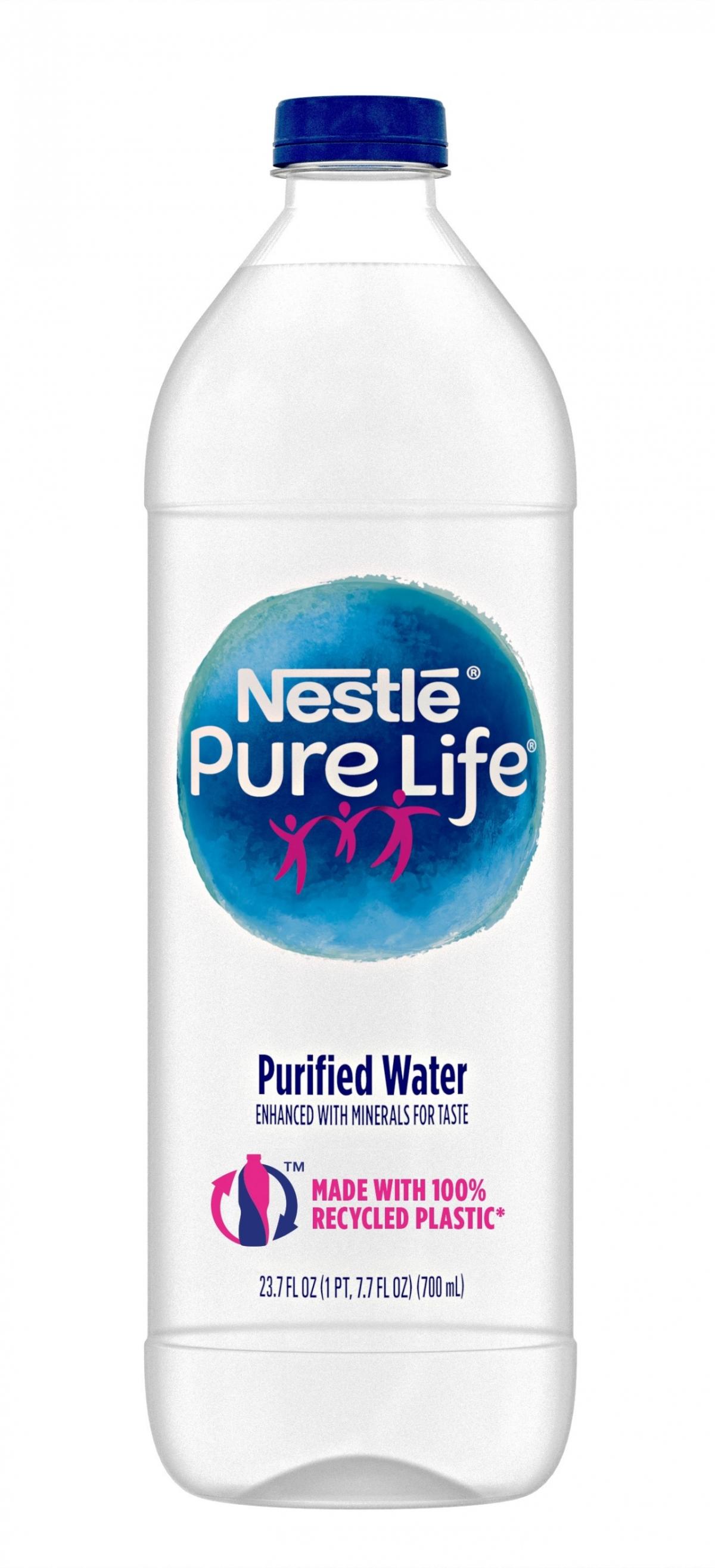No Time to Waste Our Waste: What Does It Take to Create a Recycling Movement?

No Time to Waste Our Waste: What Does It Take to Create a Recycling Movement?
Nowadays, “plastic” can sound to some like a four-letter word. That is not entirely without reason. Mismanaged waste, of all kinds, too often is ending up at the side of the road, in fields and meadows, meandering through our streams, choking our waterways and entering our oceans. We can all agree that this is simply unacceptable.
There are a many reasons why plastics, such as polyethylene terephthalate (PET), have become so commonplace in our world – they’re safe, lightweight, resilient, and most importantly, they are recyclable.
If you have read any of what I have written before, you know that I am an optimist. When it comes to the PET segment of the plastic challenge, I am unquestionably optimistic once again. And why? Because PET plastic, which we use to make many of our bottles here at Nestlé Water North America, is safe, lightweight, resilient, and most importantly, is 100 percent recyclable. Because the carbon footprint of recycled PET, or rPET, is considerably lower than virgin PET – 79 percent lower, according to some studies. And, because expanding recovery and recycling of PET creates innovation, new jobs and new industries. I think that is amazing.
So, while we have this incredible resource and opportunity at our fingertips, many have failed to recognize recyclable plastics as a resource instead of waste. We need to change that.
The U.S. Environmental Protection Agency (EPA) estimates that 75 percent of the waste stream in the U.S. is recoverable, but only 30 percent actually gets recycled or composted. I think that throwing away a valuable commodity like this is, not only irresponsible, but a missed opportunity.
Together, as companies, governments, advocates, environmentalists and consumers, we need to renew our commitment to capturing this value, commoditizing our waste, renewing this material, preserving our environment and creating these jobs. What are we waiting for? A world in which we continually innovate and reduce our environmental impact, and ensure every plastic container is made from old ones is at our doorstep.
More than 30 years ago, Nestlé Waters North America recognized we had a significant role to play in addressing the issue of plastic bottles. Since 1994, we’ve reduced the plastic content of all our half-liter water bottles by over 60 percent, avoiding the use of more than six billion pounds of plastic.
But we didn’t stop there. Just last year, we announced that all of our single-serve Arrowhead® Brand Mountain Spring Water produced in California are now made with 50 percent recycled plastic. And just last week, I’m proud that Nestlé® Pure Life® Purified Water, our namesake and the world's leading bottled water brand, has introduced a bottle made from 100 percent rPET that will start hitting shelves any day now.
This is an exciting moment for our company, and as we continue to expand our partnerships with strategic suppliers, we hope to continue to increase the use of recycled plastic in the bottles of all of our domestic brands.
I’m thrilled and encouraged to see other committed companies joining us in this shared endeavor. We need a critical mass of players to shift their thinking on waste.
We also need the support of governments and environmental and social organizations to increase investment in our national recycling infrastructure and to help create sound, incentive-based policies to increase the supply of cost-effective rPET, and other recycled materials.
The good news is, many of the tools and organizations we need to make this a reality already exist today:
- How2Recycle®, the first and only U.S.-based standardized labeling system, is making its way onto labels across the country, clearly and consistently communicating recyclability information to consumers
- Major companies from all industries are investing in Closed Loop Fund, a $100 million social impact investment fund financing comprehensive recycling infrastructure and programs in cities across the United States
- Suppliers of high quality rPET, like Carbonlite, are processing and making this material available for companies like us
- National organizations, like Keep America Beautiful and their local affiliates throughout the country, are working tirelessly to inspire the public and increase access to recycling
There is still much work to be done, but we can do it together. Our planet, and our future generations, are worth it.

